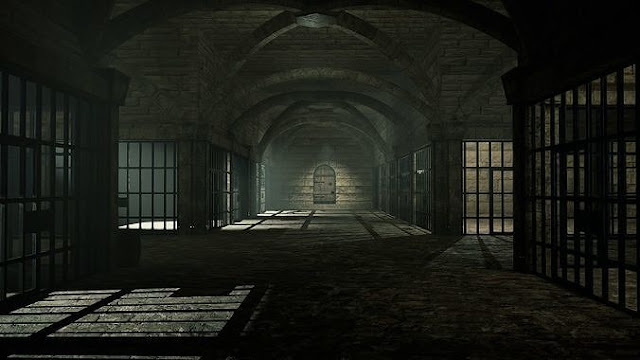Lets build a companion cube!
My son really enjoys the game Portal. When he moved into his new place he reached out about interior decorating and asked I keep an eye out for Portal themed stuff. My brain came up with the notion that a cube was a constant in the game but could also function as a makeshift piece of furniture like a stool or end table. So I went to the internet and looked at others who have undertaken such a task.
After lots of tiny 3d printed cube models, which just won't fit what we need, I came across Mr. Volt's Companion Cube video. It looked promising, but also VERY advanced. I didn't need it to be made from metal, I was fine with wood. I didn't need all the extra bells and whistles. Plus his 3d printers have a much larger build capacity than my Ender 3's. Thankfully, he offers his CAD Files free for everyone to use.
Sidenote: I really wish I could just donate some cash to these makers rather than join some monthly membership on Patreon.
After pulling his file into fusion 360, I began attempts at 3d printing the corner pieces to get an idea on scaling. Sadly, I could only 3d print the corner piece at 90% of it's original size. This turned the potential 2 foot cube (8 cubic feet) to a smaller 1.7 foot cube (5 cubic feet). Alas, it was either procure a larger printer (build or buy, neither of which seemed advantageous), farming out the printing (further delay), or deal with the smaller cube and hope no one really notices. With a successful 3d print of the corner, I brought over Mr. Volt's corner, and edge, into my own fusion design and drew up the cube face and heart face plate.
+2 to my CAD skills with this design as I learned to project geometry onto a sketch, how to use fusion parameters, and also how to design a heart! A few questions remained though... How will I manufacture the faces? How will I light them? Some obvious answers were "I will light them with LEDs" and "I'll just hand cut everything using a router". But the hand cutting everything sounded great in theory but just wouldn't work out regarding keeping things consistent. Even building a jig of some sort would still introduce small inconsistencies. Also, how would the light glow down the channels? I could 3d print some channels out of a semi-transparent filament and insert it into the channel. But again, the inconsistencies of my hand tooling alongside the inconsistencies of 3d printing, would add up to a lot of frustration. Ultimately I decided to bite the bullet and use the neighboring shop's CNC routing table to cut out all the faces and heart plates. Something I had never done before, so might as well add a new skill to my character sheet! Big thank you to MV Part Store for the use of their CNC routing table!While the CNC router hummed with moderate glower performing the tasks I commanded of it, I began printing all the corners and edges. Each corner was a 25 hour print, and each edge was 7 hours. And of course one of the Enders refused to play well so it was up to one of them to do all the work for a couple weeks.
Still the issue remains: How do we light this up?!? We could use a light strip. But I would either have to detach each LED, and rewire it together (once the LEDs are in place), and then come up with a controller (raspberry PI or arduino) to do the lighting. After a bit of searching online I came across individually addressable LEDs. Something that seemed a little scary to me as I've never worked with them before; but the premise seemed easy enough. You power the lights, and use a controller to send data down a single wire with each LED picking up the first command from the list of commands. Then it removes that command from the list, and passes on the rest of the commands to the next light in the series. What can go wrong! I mean, either way I was going to have to do a bunch of wiring. Either way I would have to have some controller involved. But with these LEDs, I could do some fun patterns and not have just a boring single color cube! I then ordered the LEDs, an Arduino Micro, and some various other hardware such as a mountable USB-c plug, splitter (so I can power both the Arduino and the LEDs from a 3.3amp fast charger), and such.
With the what solved, now to move onto the how... I know I didn't want to have to print up semi-transparent pieces to attempt to fit into the channels. Maybe resin could work?!? I've seen examples of semi-transparent resin being lit up online in places. Some quick searches found promising results and I promptly ordered some table top epoxy resin along with pigment to do some experimenting. Given I'd never done any resin work before, this was a good opportunity to try it out.
While waiting for everything to be shipped, I began painting the faces a lovely metalic shade and the heart plates a flat white!










Comments
Post a Comment